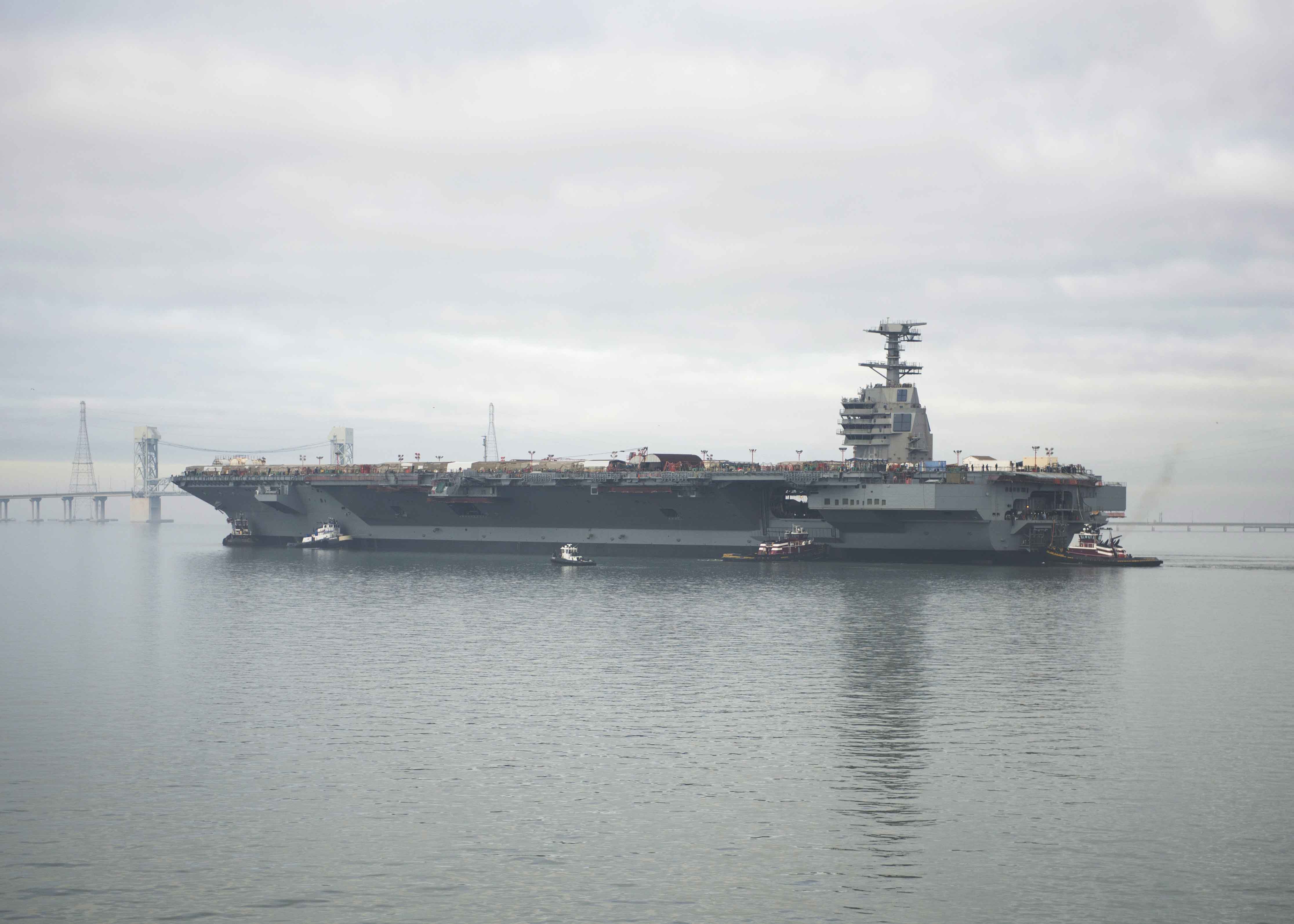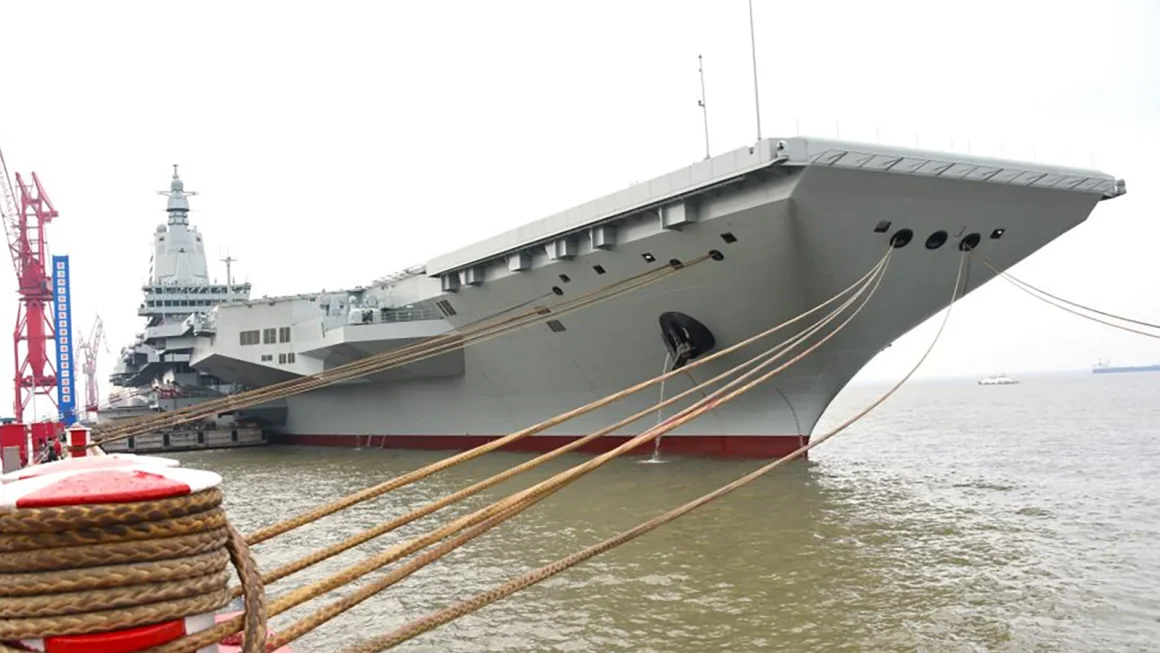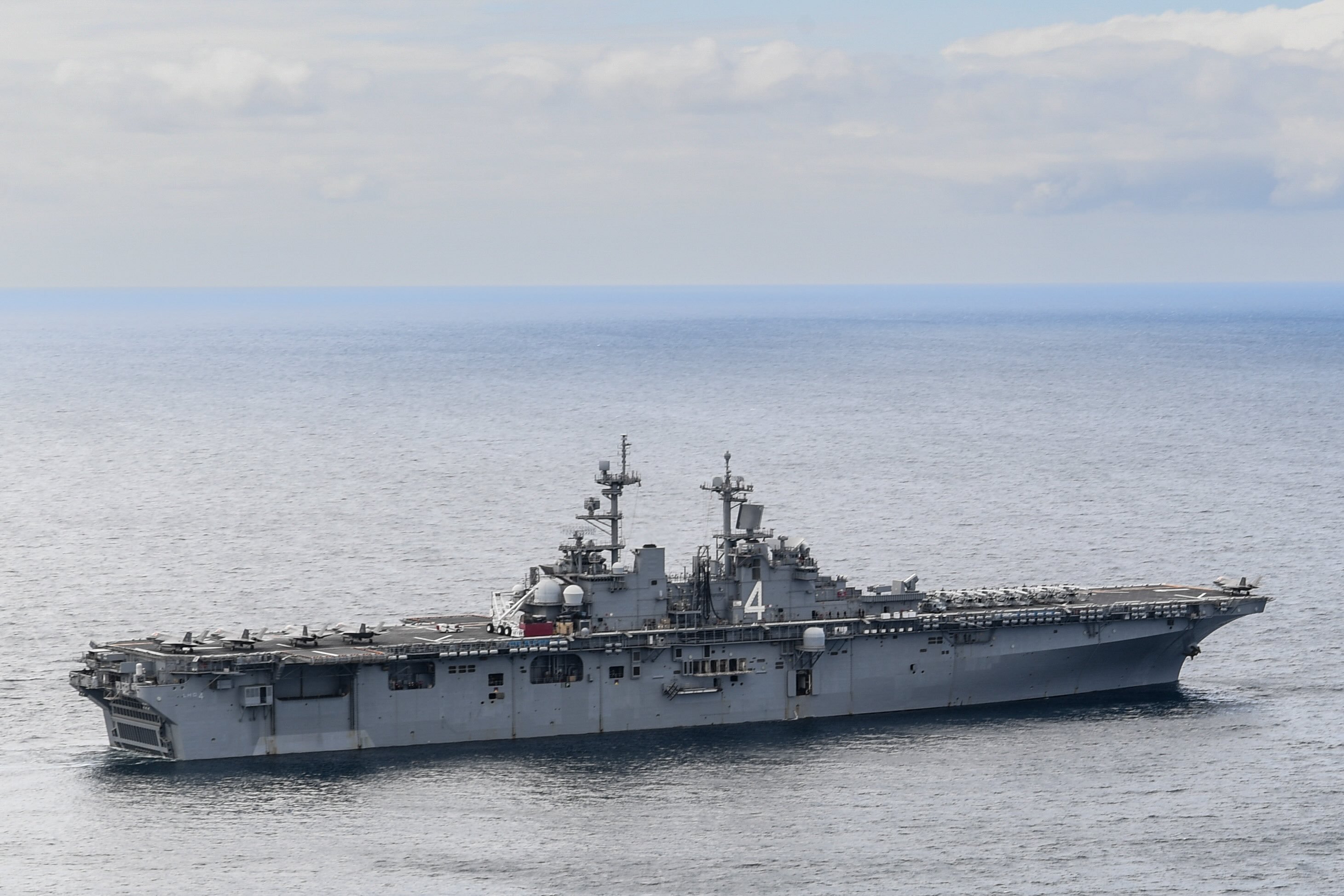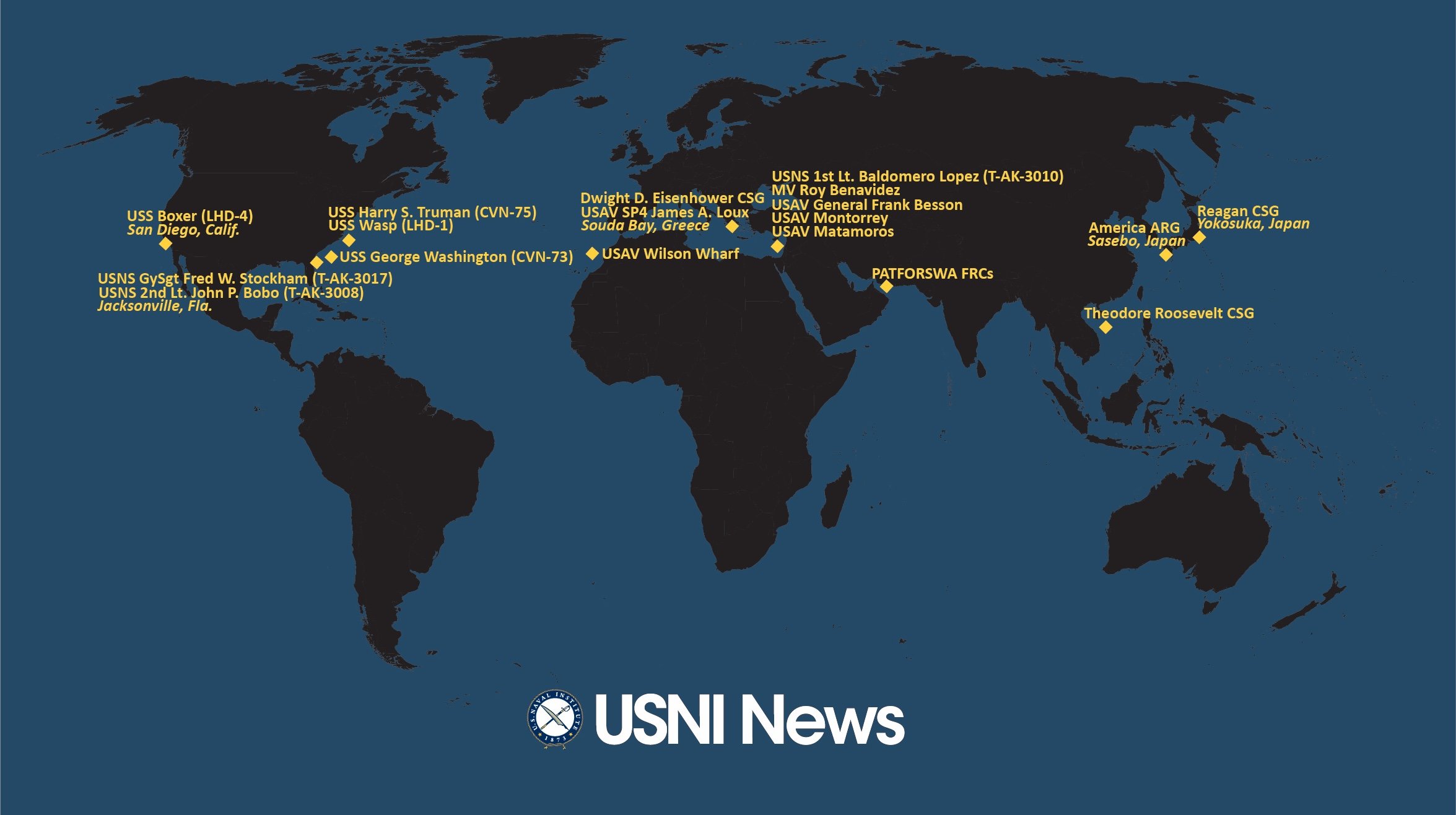
The program executive officer for aircraft carriers told USNI News he is confident the carrier USS Gerald R. Ford (CVN-78) will deliver on time despite delays in the Advanced Arresting Gear (AAG) program.
Rear Adm. Tom Moore said Thursday that the AAG setbacks created about four to six weeks of schedule pressure to the ship, but he is striving to make up that time. Moore said in March that the General Atomics-built component had a design flaw, but the solution that has been implemented seems to be working well, he told USNI News.
“They put a winch, if you will, at the end of the water twister to rotate the entire assembly so they can wrap the cable around the purchase cable drum. That’s worked fine,” he said.
Most of the arresting system has been installed, and shipbuilders are now adding the final section, the cable shock absorbers – which Moore said are very large and go in a confined space. Newport News Shipbuilding is installing the cable shock absorbers now, at the same time workers put the non-skid coating on the flight deck, which Moore called “a kind of a ballet” to do simultaneously.
Moore said in March that the improved AAG design would have to be tested at Naval Air Warfare Center Aircraft Division Lakehurst, but for scheduling reasons he couldn’t postpone installation while awaiting the test results.
“If Lakehurst uncovers something on the system that has to be fixed, the risk I’m taking is I’m installing it and then I have to go back and fix something that’s all ready installed, it’s more challenging. Really at this point, I don’t have a choice,” he said in March.
Despite that challenge, Moore said today that, “I’m a year out, my goal is to get everything done before we deliver, so that’s what we’re driving for right now.”
“I don’t know that we’ll retire all the risk here over the course of the next year. I will tell you that we will have the entire system installed prior to delivery next March,” he elaborated.
“There may be some testing that has to be completed [after delivery], we’re going to take a look at where it makes sense to do that testing. If the last of the testing on AAG is the only thing keeping us from going to sea – the sea trials on the ship does not, we don’t launch and recover aircraft, we don’t really do that until June. So we’ll take a look at it. And if we’re talking a handful of testers and it makes sense to get out to sea and test the rest of the ship and then maybe complete that [AAG] testing in the period between the end of March and June, which is when we’re supposed to launch and recover aircraft, we’ll take a look at that.”
The other new system on the flight deck, the Electromagnetic Aircraft Launch System (EMALS) “is probably one of the best news stories in the program,” Moore said. The Navy finished no-load tests on Catapult 2, including 22 shots in one day, and “it worked like a champ.”
Catapult 2 is set for dead-load testing next month, which involves catapulting large, wheeled, steel vessels weighing up to 80,000 pounds off the front of the ship to simulate the weight of an actual aircraft.
Catapult 1 will follow shortly behind, with no-load testing next week. Construction on Catapults 3 and 4 will wrap up soon so testing can begin shortly afterwards, Moore said.
Overall, the ship is 90-percent complete, with 53 percent of the compartments turned over to the ship’s crew – which is “significantly further ahead of where we were on CVN-77,” Moore noted. The crew will move aboard in August.
“We’re certainly not without our challenges,” Moore said, but “we’re in a good position. … We’re in a position we’d like to be [in] with 308 days to go.”





